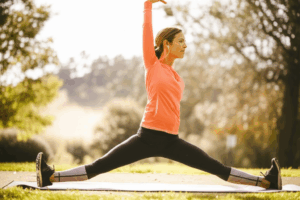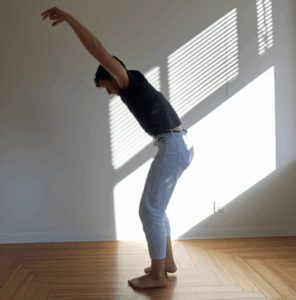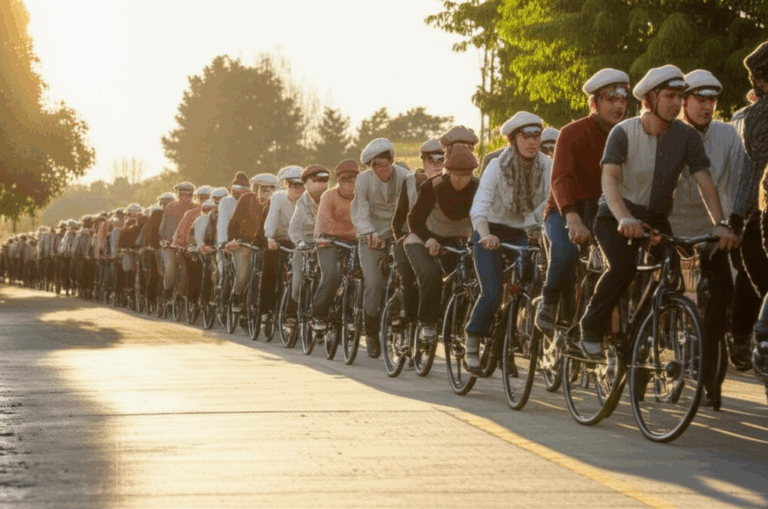Imagine reaching a century mark, not just existing, but thriving with a routine that includes regular exercise. This isn’t a pipe dream for a select few; it’s the lived reality of individuals like Ruth, a 100-year-old who credits her impressive longevity and vitality to a consistent regimen of walking and cycling. Her inspiring dedication to physical activity offers a compelling testament to the power of movement in fostering a long and healthy life.
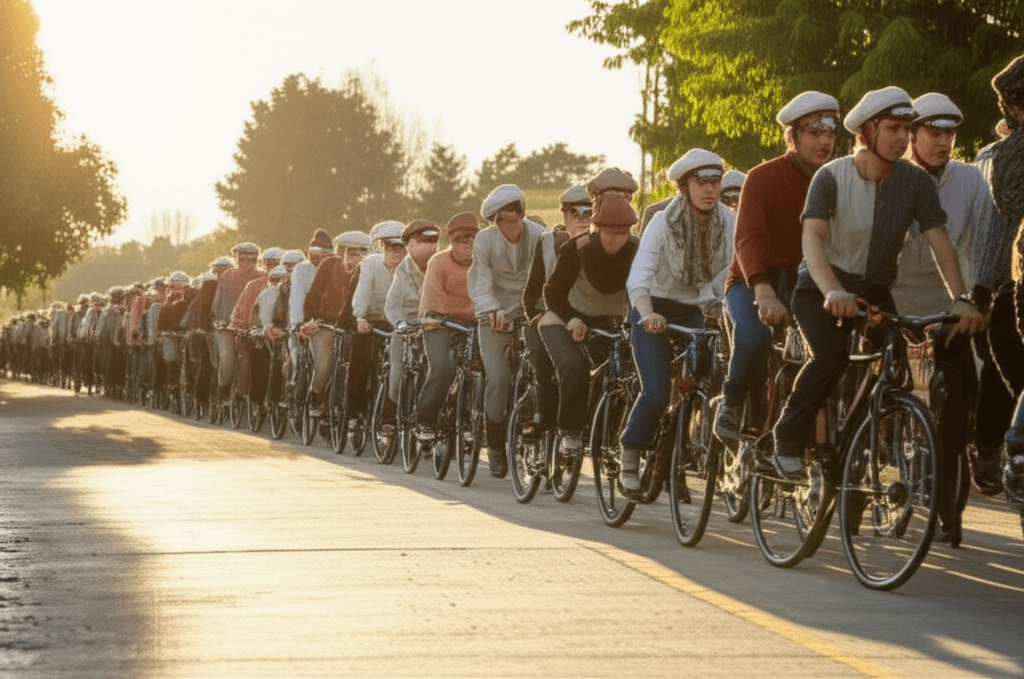
Ruth’s Blueprint for a Century of Movement
At 100 years young, Ruth maintains an exercise schedule that would challenge many half her age. Her weekly routine includes three visits to the gym, where she dedicates significant time to cardiovascular exercise. Each session typically involves two 30-minute stints on a recumbent exercise bike, logging an average of three miles per session. Between these cycling intervals, she takes short five-minute rests. Following her cycling, Ruth embarks on a walk of about 1.4 miles, continually striving to increase her distance by a tenth of a mile, aiming for a mile and a half.
Even when a gym visit isn’t possible, Ruth ensures her body stays active. She employs an indoor walking workout, traversing the length of her house 40 times, which translates to an impressive 6,800 steps or approximately 3.22 miles. This commitment to daily movement echoes an earlier phase of her life when, after retiring, she initially walked four miles a day before a heart valve replacement prompted her to adjust her routine to include more cycling and shorter walks. Ruth’s secret to longevity, as she succinctly puts it, is “a lot of exercise, plenty of sleep.”
Her story is not isolated. Mary Coroneos, another centenarian, also emphasizes an active lifestyle, incorporating gym visits with light weights, resistance bands, a recumbent bike, and even pushing a weighted sled, complemented by beach walks and a mentally stimulating routine. These remarkable individuals exemplify the profound impact consistent physical activity can have on healthy aging.
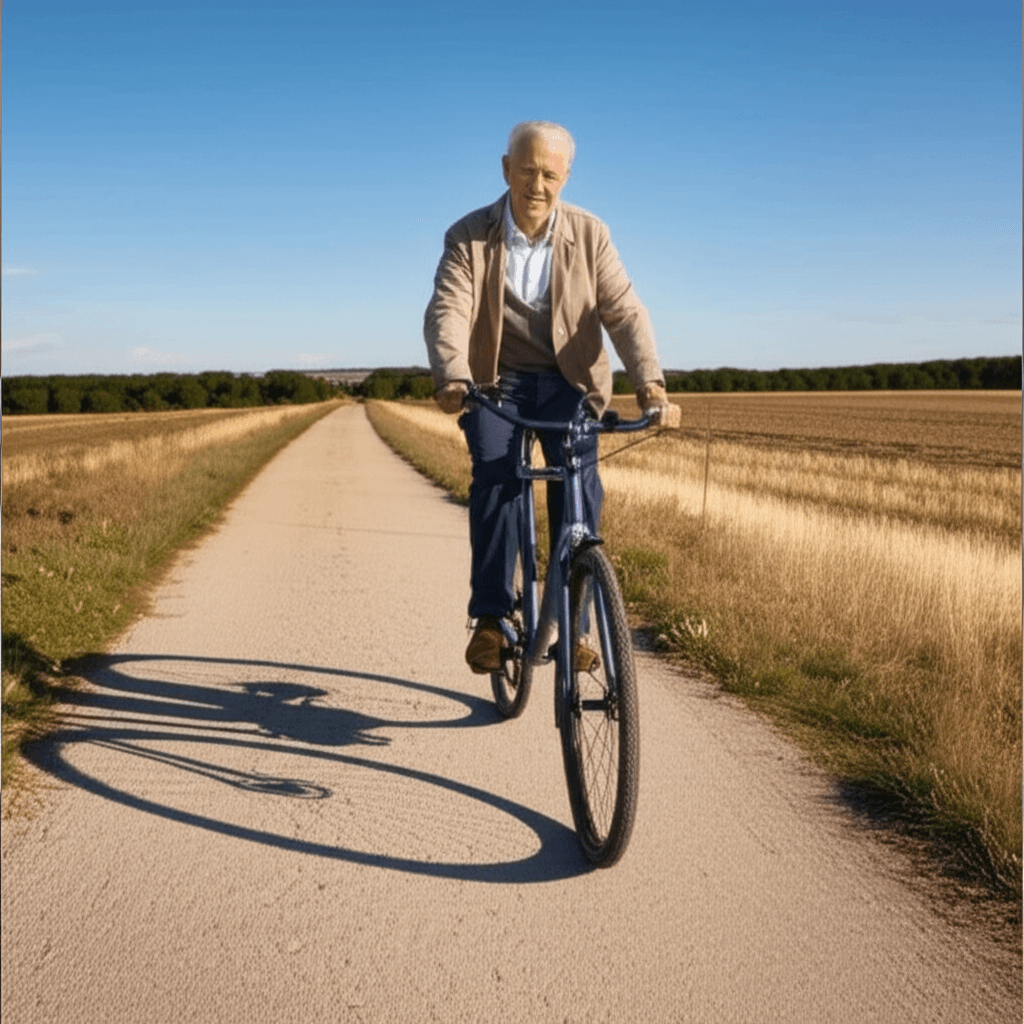
The Science of Staying Active: How Exercise Fuels Longevity
The active lifestyles of centenarians like Ruth and Mary are strongly supported by a growing body of scientific evidence on longevity and healthspan. Regular physical activity, particularly walking and cycling, offers a myriad of benefits that combat age-related decline.
Cardiovascular Health and Disease Prevention
Walking and cycling are excellent forms of cardiovascular exercise, crucial for strengthening the heart muscle, improving circulation, and reducing the risk of heart disease. Studies have shown that physically active individuals can significantly lower their risk of cardiovascular events, with active commuting by bicycle linked to a 46% lower risk of heart disease and a 45% lower risk of cancer over five years, alongside a 41% lower risk of premature death. While walking offers similar benefits, cycling, due to its higher intensity and longer distances covered, often leads to even greater improvements in fitness levels. Regular aerobic workouts not only enhance heart health but also promote the flow of oxygen throughout the body, vital for overall vitality.
Maintaining Muscle Mass and Bone Density
As we age, we naturally lose muscle mass and bone density, increasing the risk of falls and fractures. Exercises like walking and cycling help to mitigate this decline. Cycling, in particular, strengthens leg, glute, and core muscles, which are essential for balance, coordination, and the ability to perform daily activities like getting up from a chair. While resistance training is paramount for building and maintaining muscle, combining it with aerobic activities like walking and cycling creates a comprehensive approach to physical fitness that supports healthy aging.
Cognitive Function and Mental Well-being
Beyond the physical, regular exercise plays a critical role in cognitive health and mental well-being. Physical activity increases blood flow to the brain, which can improve attention, planning, and organizational skills. Research suggests exercise can even delay or prevent Alzheimer’s disease and dementia by reducing levels of specific brain proteins linked to the condition. Moreover, engaging in brisk walking, jogging, or cycling can release “happy hormones,” helping to reduce feelings of anxiety and stress and foster a positive outlook on life. Many centenarians also incorporate stress-reducing techniques like mindfulness and finding purpose, alongside physical activity, as key habits for a longer, happier life.
Weight Management and Metabolic Health
Physical activity is fundamental for weight control and improved metabolic health. Regular walking, for instance, has beneficial effects on glucose metabolism, enhancing insulin actions and thereby aiding in better blood sugar management and reducing the chances of type 2 diabetes. It also helps protect the body from systemic inflammation, which is associated with several chronic diseases.

Lessons for All Ages: Adopting an Active Lifestyle
The example set by individuals like Ruth offers profound insights into fostering longevity. It’s not about extreme measures but rather consistent, moderate physical activity integrated into daily life.
- Embrace Consistent Movement: Centenarians often don’t engage in high-intensity gym workouts but rather maintain regular, moderate physical activity throughout their day, whether it’s walking, gardening, or household chores. For Ruth, this means structured gym sessions combined with indoor walks on off-days.
- Find Enjoyable Activities: The key to consistency is choosing activities you genuinely enjoy. For Ruth, it’s the rhythmic motion of the recumbent bike and the simple act of walking. For others, it could be swimming, dancing, or hiking.
- Start Gradually and Progress: Ruth’s journey shows that even after a medical procedure, adapting the routine to suit current abilities and gradually building up is effective. A new study indicates that increasing physical activity, even by taking daily walks, could significantly extend lifespan, with those least active potentially adding as much as 11 years to their lives by boosting their activity levels.
- Prioritize Sleep: Alongside exercise, Ruth highlights the importance of ample sleep, aiming for 10 to 12 hours nightly. Rest is crucial for bodily repair and rejuvenation, supporting the benefits gained from physical activity.
- Balance and Moderation: While exercise is vital, other centenarian secrets include a plant-based diet, stress management, strong social connections, and a sense of purpose. Mary Coroneos, for example, combines her active routine with enjoying treats in moderation and staying mentally sharp through reading.
The story of a 100-year-old maintaining a vibrant walking and cycling routine serves as a powerful reminder that age is not necessarily a barrier to physical activity. By embracing consistent, enjoyable movement, prioritizing rest, and nurturing a holistic approach to well-being, we can all take steps toward a longer, healthier, and more fulfilling life.


